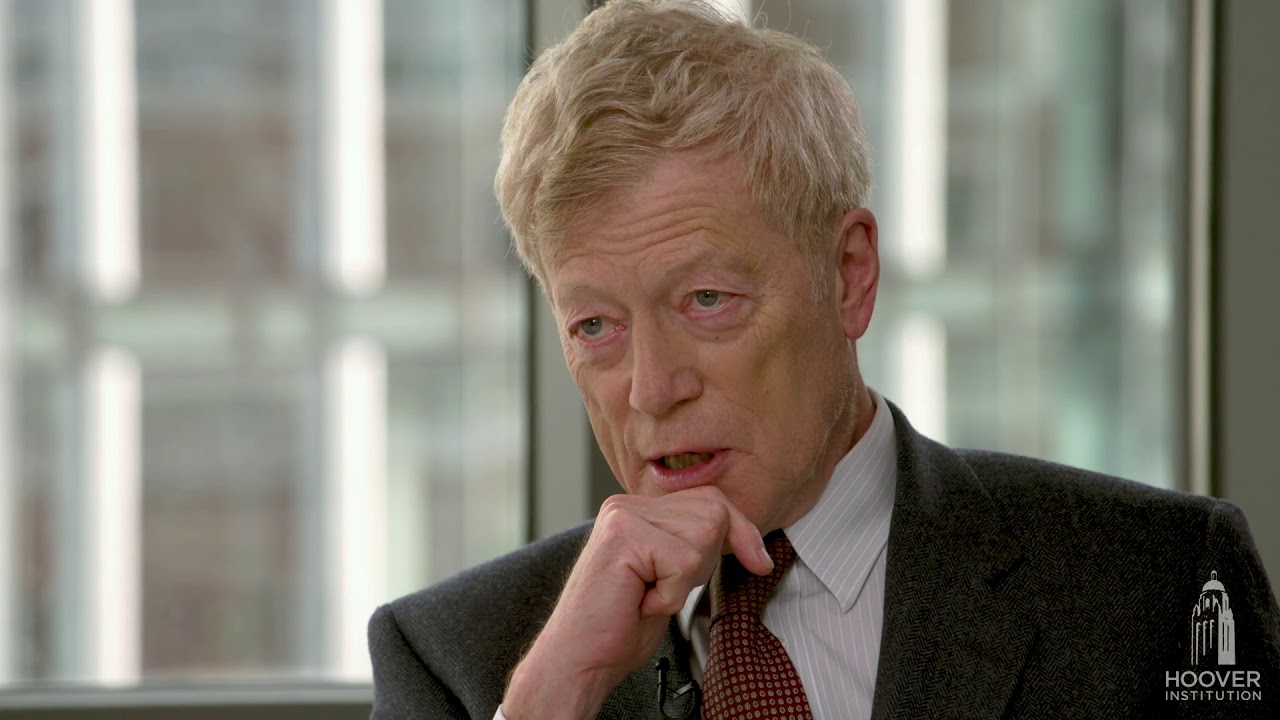By Jeremiah Lawson
As a written practice, Western music goes back at least a thousand years. Over the centuries music has been made in the service of churches and courts, and from roughly the eighth through the thirteenth centuries was very often vocal music. Soloists and choirs sang the praises of God and rulers, in the service of altar or throne. Instrumental music has always been with us but instrumental music didn’t begin to develop as a written tradition in the West until somewhere between the fifteenth and sixteenth centuries for practical historical purposes. By the time of the Renaissance and Reformation vocal music had reached such a perfected state in Western Europe it was known as a perfected art (ars perfecta, Palestrina being the best known exponent of this style). It was thought by many there was nothing to be added to the perfected art of music in the West as it evolved within Christendom.
Login to read more
Sign in or create a free account to access Subscriber-only content.
Topics:
